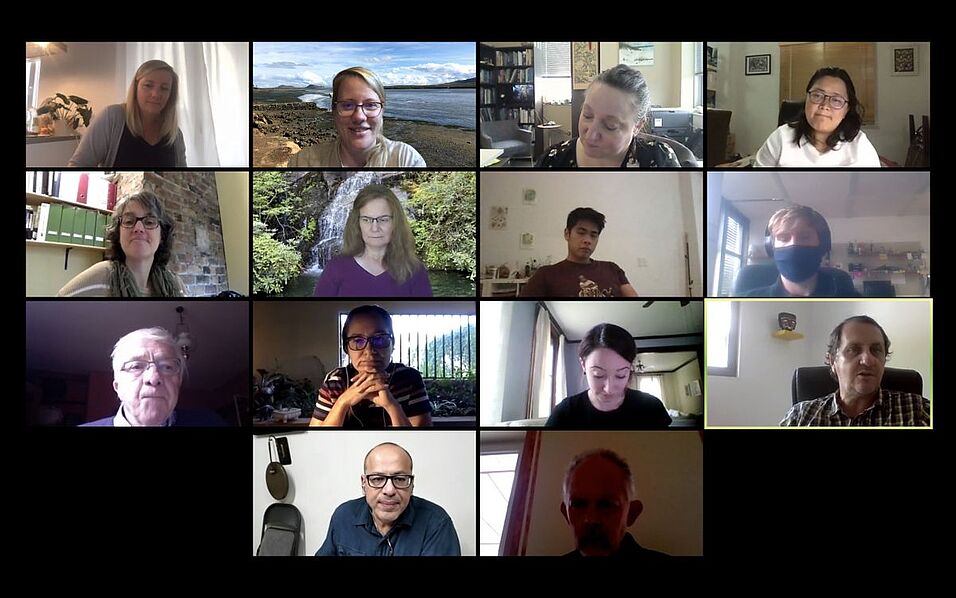Their relative simplicity (one host, one symbiont) and experimental tractability (can be kept and bred in aquaria) make them ideal for investigating molecular host-microbe interactions. Their unique ability to colonize almost the entire range of chemosynthetic habitats (wood, vents, seeps, mangroves, seagrasses, reef sediments) provides unmatched potential for understanding how environments drive symbioses, and how symbioses shape environments. Finally, their intimate interactions with their biotic and abiotic environment mean that they have unparalleled ecological relevance.
We are an international hub of researchers with diverse backgrounds. We use a broad range of methods including state-of-the-art genomics to understand the evolution, function, and ecological roles of lucinid (and thyasirid) symbioses.
Initial hub partners:
- Jillian Petersen, University of Vienna
- Peter Girguis, Harvard University
- Laetitia Wilkins, Max Planck Institute for Marine Microbiology
- Olivier Gros, Universite des Antilles et de la Guyane
- Annette Summers Engel, University of Tennessee at Knoxville
- Barbara Campbell, Clemson University
- Anchana Prathep, Prince of Songkla University
- Suzanne Dufour, Memorial University of Newfoundland
- Francois Lallier, Station Biologique de Roscoff
- Yolanda Camacho, Universidad de Costa Rica
Associated partners and advisors:
- Arnaud Tanguy (Station Biologique de Roscoff)
- John Taylor and Emily Glover (em., Natural History Museum London, UK)
- Jay Osvatic (University of Vienna)
- Benedict Yuen (University of Vienna)
- Audrey Paterson (University of Tennessee)
We're always looking to expand our network! Interested in joining us? Contact Jillian Petersen
Funded projects in our hub (examples):
- ERC Starting Grant EvoLucin (Petersen)
- Vienna Science and Technology Fund Vienna Research Group (Petersen)
- Dimensions of Lucinid Chemosymbiotic Associations (Engel, Campbell)
- Isthmus Microbiome Project (Wilkins)
- Nitrogen fixation in symbionts of lucinid bivalves from Guadeloupe (Gros, Petersen)
Key publications:


